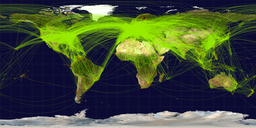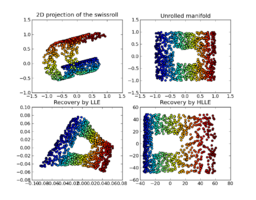 DART aims to present to the ATM community an understanding on what can be achieved today in trajectory prediction by using data-driven models, also accounting for network complexity effects. It is expected that data-driven techniques help to improve the performance and accuracy of predictions by complementing classical model-based prediction approaches. These improved predictions will enable advanced collaborative decision making processes, which finally will lead to a more efficient ATM procedures.
DART aims to present to the ATM community an understanding on what can be achieved today in trajectory prediction by using data-driven models, also accounting for network complexity effects. It is expected that data-driven techniques help to improve the performance and accuracy of predictions by complementing classical model-based prediction approaches. These improved predictions will enable advanced collaborative decision making processes, which finally will lead to a more efficient ATM procedures.
 DART will deliver understanding on the suitability of applying data-driven models for enhancing our abilities to compute predictions of aircraft trajectories, accounting also for ATM network complexity effects concerning multiple correlated aircraft trajectories.
DART will deliver understanding on the suitability of applying data-driven models for enhancing our abilities to compute predictions of aircraft trajectories, accounting also for ATM network complexity effects concerning multiple correlated aircraft trajectories.
 DART will explore the applicability of a collection of data mining, machine learning and agent-based models and algorithms to derive a data-driven trajectory prediction capability, accounting also for ATM network complexity effects.
DART will explore the applicability of a collection of data mining, machine learning and agent-based models and algorithms to derive a data-driven trajectory prediction capability, accounting also for ATM network complexity effects.
DART aims at high-fidelity aircraft trajectory prediction capabilities, supporting the trajectory life-cycle at all stages efficiently.
Call: H2020-SESAR-2015-1 , Type of Action: SESAR-RIA , Duration: 24 months, Start Date: 20 Jun 2016